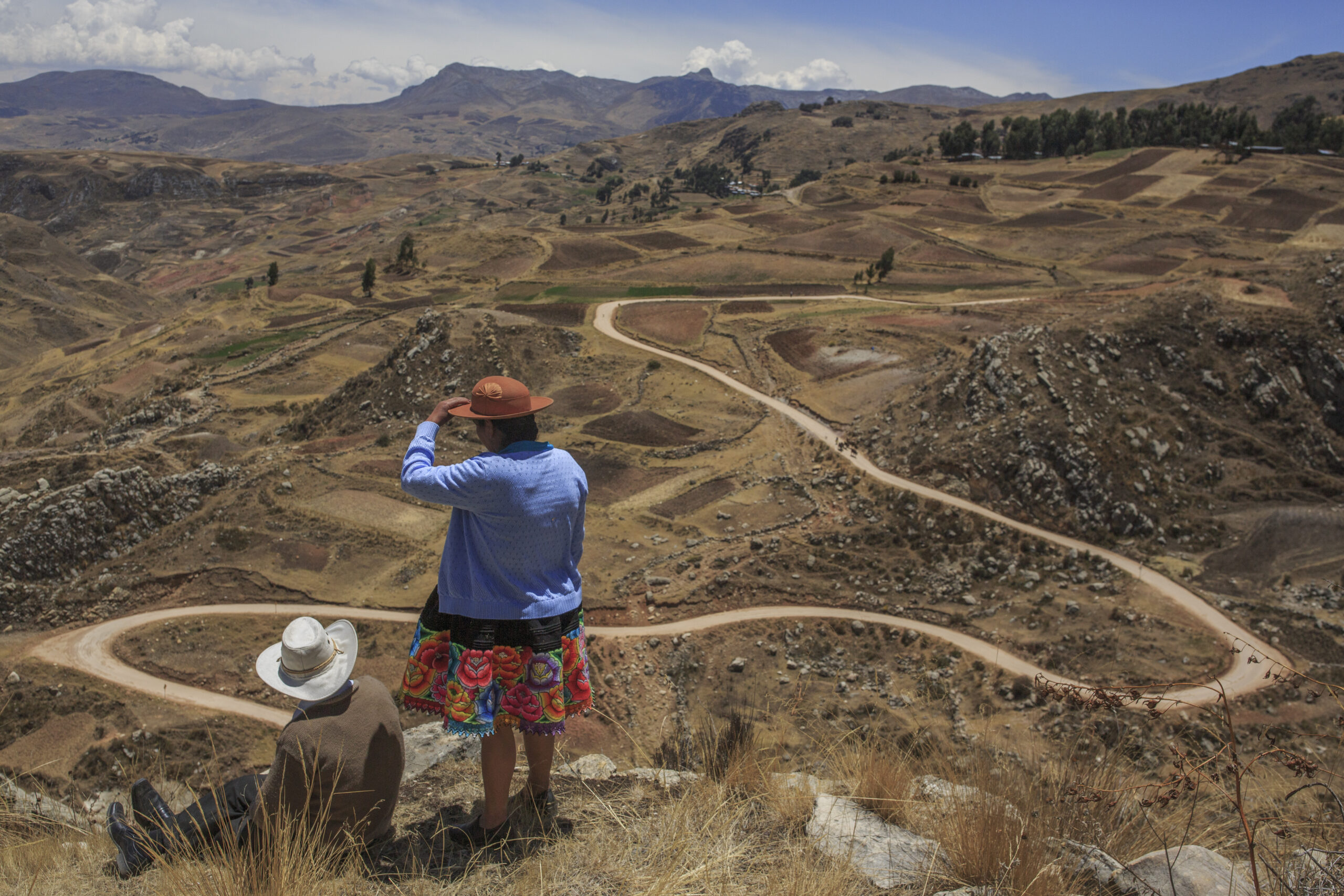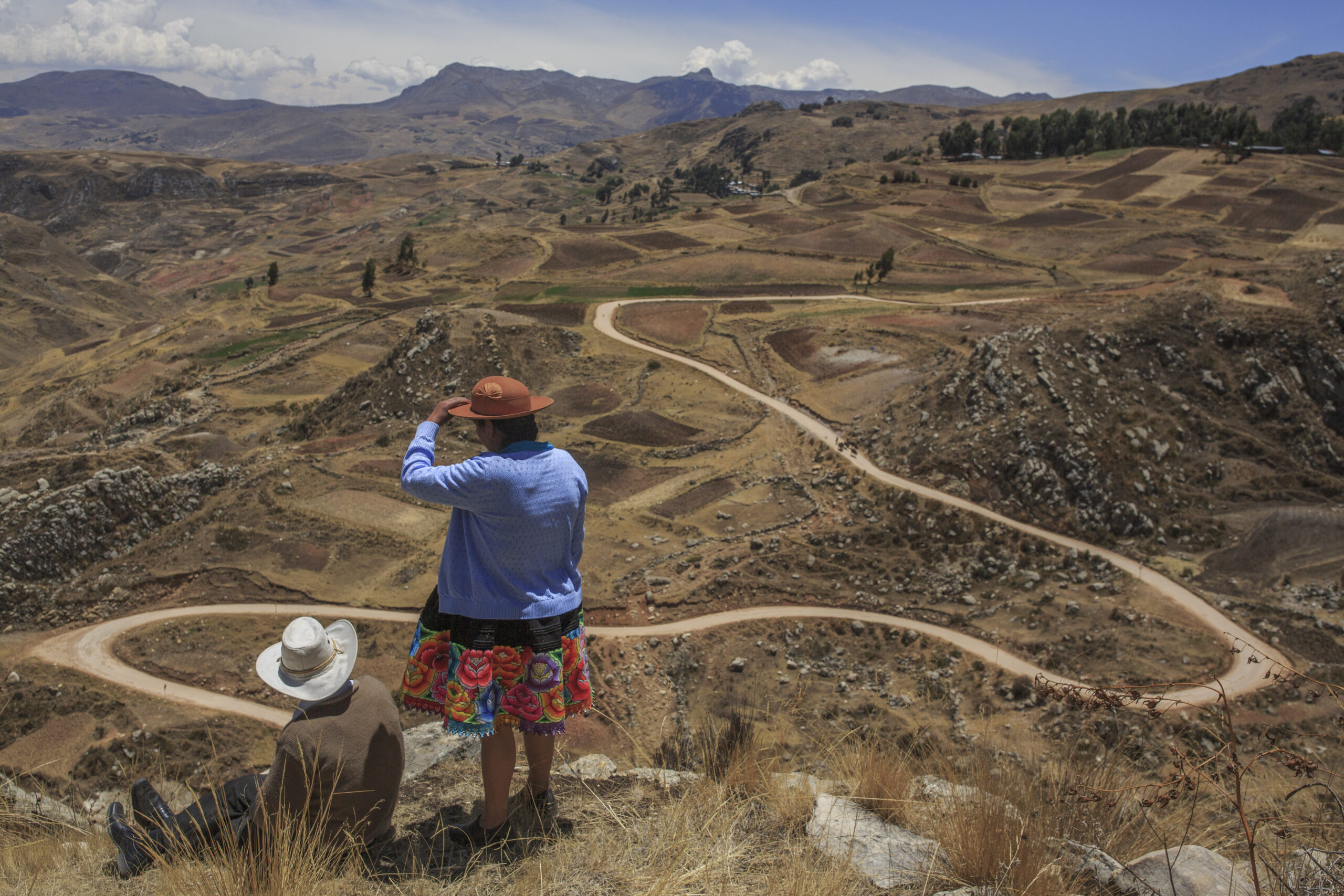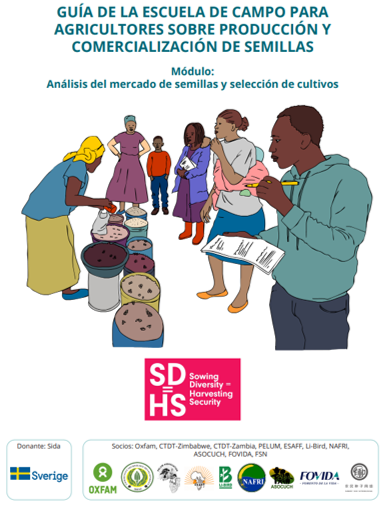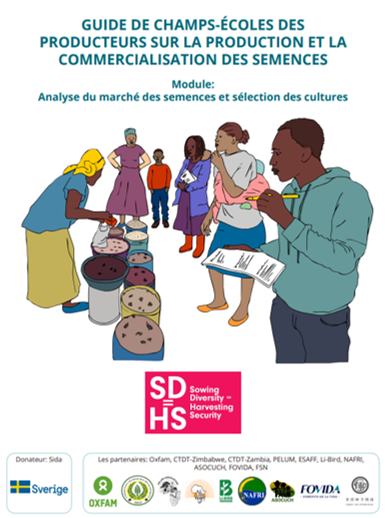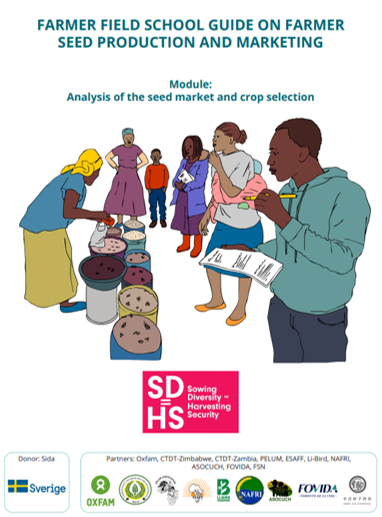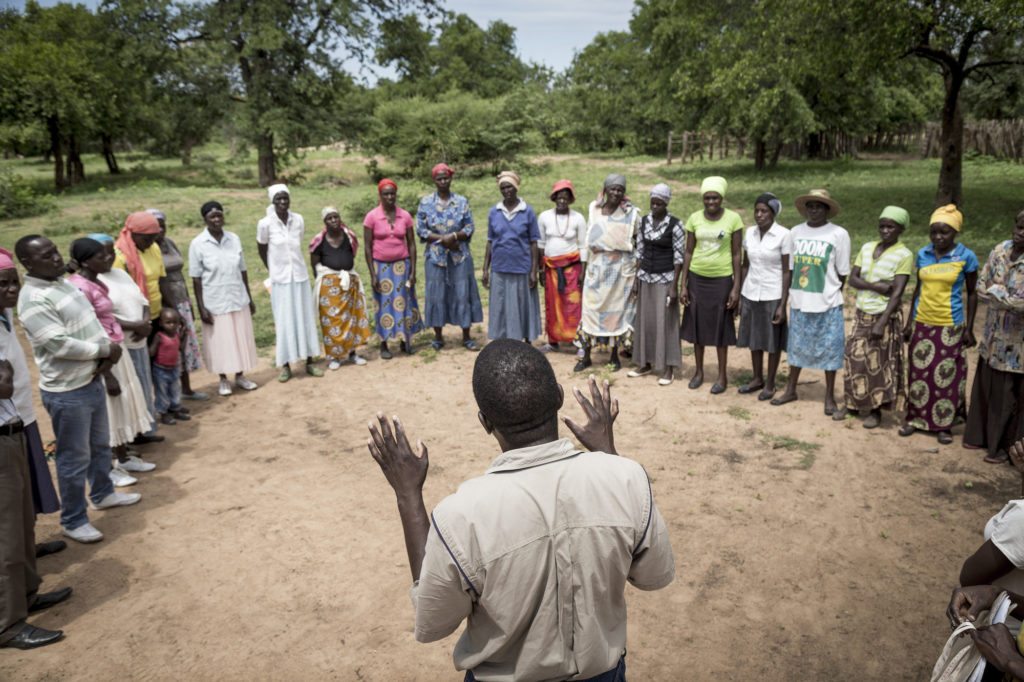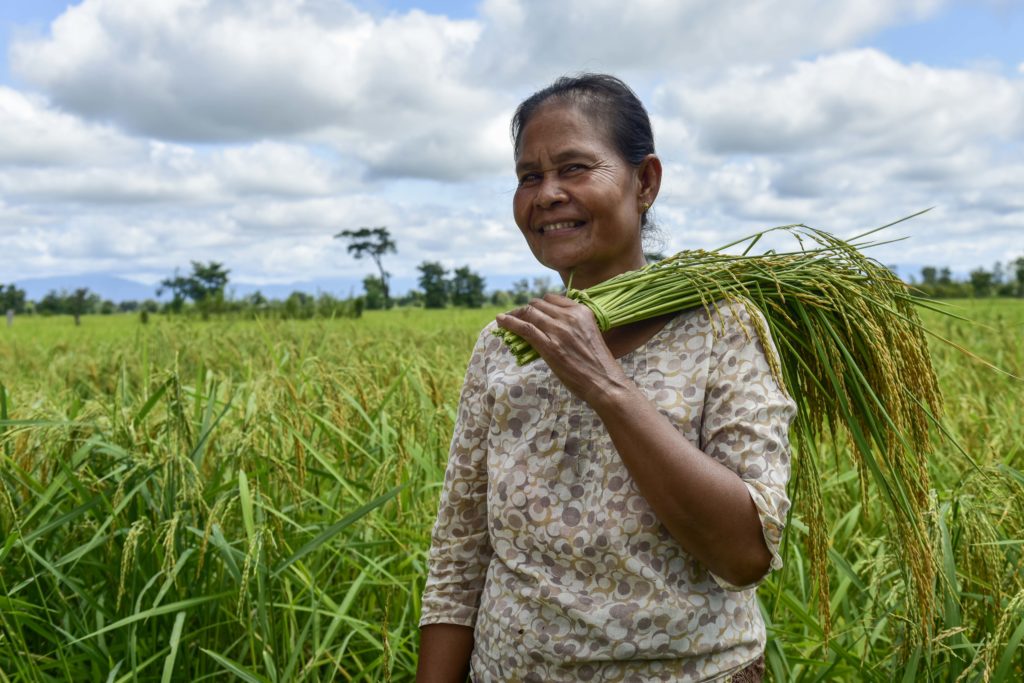The impact of the COVID-19 pandemic was significantly lower in 2022, with restrictions being gradually lifted and more teams and activities returning to “normal”. But the year was also marked by the war in Ukraine and a worldwide economic crisis, with inflation and disruptions to the global food supplies. This came on top of a situation which also seems to be “normal”: floods in Pakistan, heatwaves in India, drought- in the Sahel region, and many other climate-related disasters observed throughout the world, disproportionately affecting poorer countries. This all led to increased levels of food insecurity, malnutrition, economic insecurity, gender-based violence, and population displacement. The Global Report on Food Crises indicated that approximately 258 million people in 58 countries urgently required assistance in 2022, representing an increase of 65 million people when compared to 2021.
Despite these challenges, there were some positive developments. COP27 concluded with an agreement to set up a fund for countries affected by climate disasters. The UN Biodiversity Conference (COP15) also achieved a historic deal to protect a third of the world’s biodiversity. GROW played an important role at this level, highlighting the urgent need for climate finance to support developing countries effectively; emphasizing the lack of real action by high emitters; and urging governments to deliver climate plans that address the needs of communities impacted by the climate crisis. Its global advocacy towards financial institutions reached a landmark moment this year. Based on a database it developed in 2021 on high-risk projects financed by commercial banks, the IFC started disclosing subproject information of some of its commercial bank financial intermediaries, becoming the first DFI to ever disclose this type of information on its own project portal. At another level, this year also marked the end of the Behind the Barcodes/Price Campaign (BtBP) after 5 years of targeting supermarkets on their accountability for human rights in their supply chains. The campaign successfully raised public awareness and set in motion the integration of accountability standards and human rights due diligence.
SD=HS was equally active, operating more than 700 FFS in eight countries, encompassing plant breeding and household dietary diversity activities. The program reached over 45,000 individuals directly, with a cumulative total of more than 775,000 indirect beneficiaries. The farmer groups who joined the different Participatory Plant Breeding processes that started a few years ago were able to show many results, having evaluated 294 varieties of beans, maize, rice or groundnuts. More than 100 of these varieties have been adopted and are being grown, with many of them shared widely and also sold. Furthermore, many of the groups that had been working on PPB “evolved” into a Farmer Field School on seed production and marketing, focusing specifically on the need to disseminate the results of their efforts, reach out to other communities, and at the same time generate income. Specific activities were undertaken for the commercialization of local food crops and NUS while the different teams actively supported the establishment of community seed banks. Overall, the SD=HS program remained actively engaged in policy and advocacy work at both the global and national levels.
Special attention was given in 2022 to the results of the Mid-Term Review (MTR) and to the recommendations that came out of it. An impact evaluation was conducted on workers’ salary increase in Brazil; a gender and youth review was conducted, and different efforts were also made to build the evidence base on the nexus between land rights, climate change and food. SD=HS focused on the need to integrate and coordinate activities across all program pillars and on the need to expand the program’s reach and impact by involving local organizations, research institutes, agricultural directorates, crop protection services, and universities. Joint activities were planned with different institutions, in some cases also operating in other countries, and with government officials at different levels. The teams also focused on the identification of synergies at a thematic and operational level, starting the process that will lead to a joint concept note to present to donors. Building on the positive results seen so far, SeedsGROW is already preparing for the near future.

